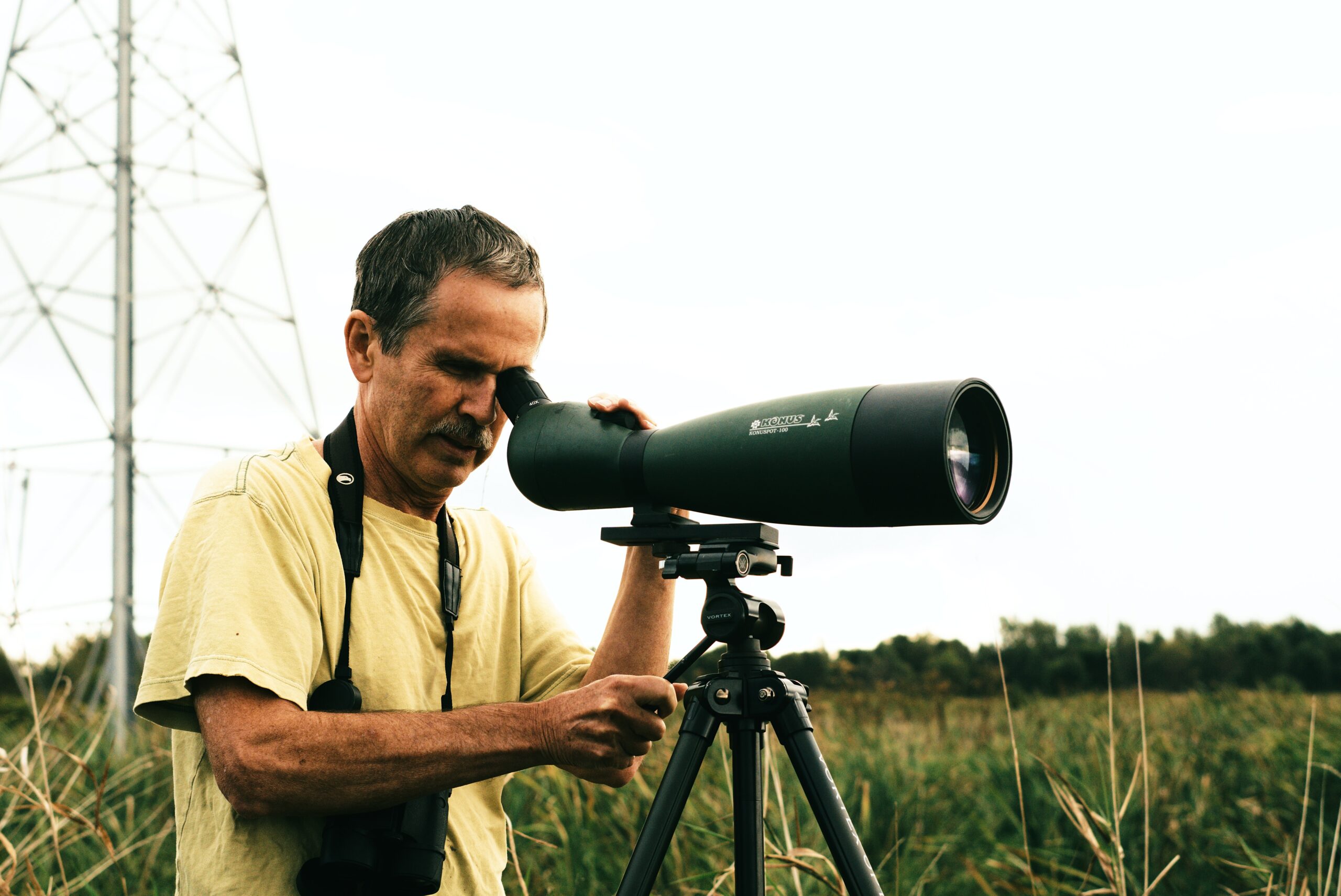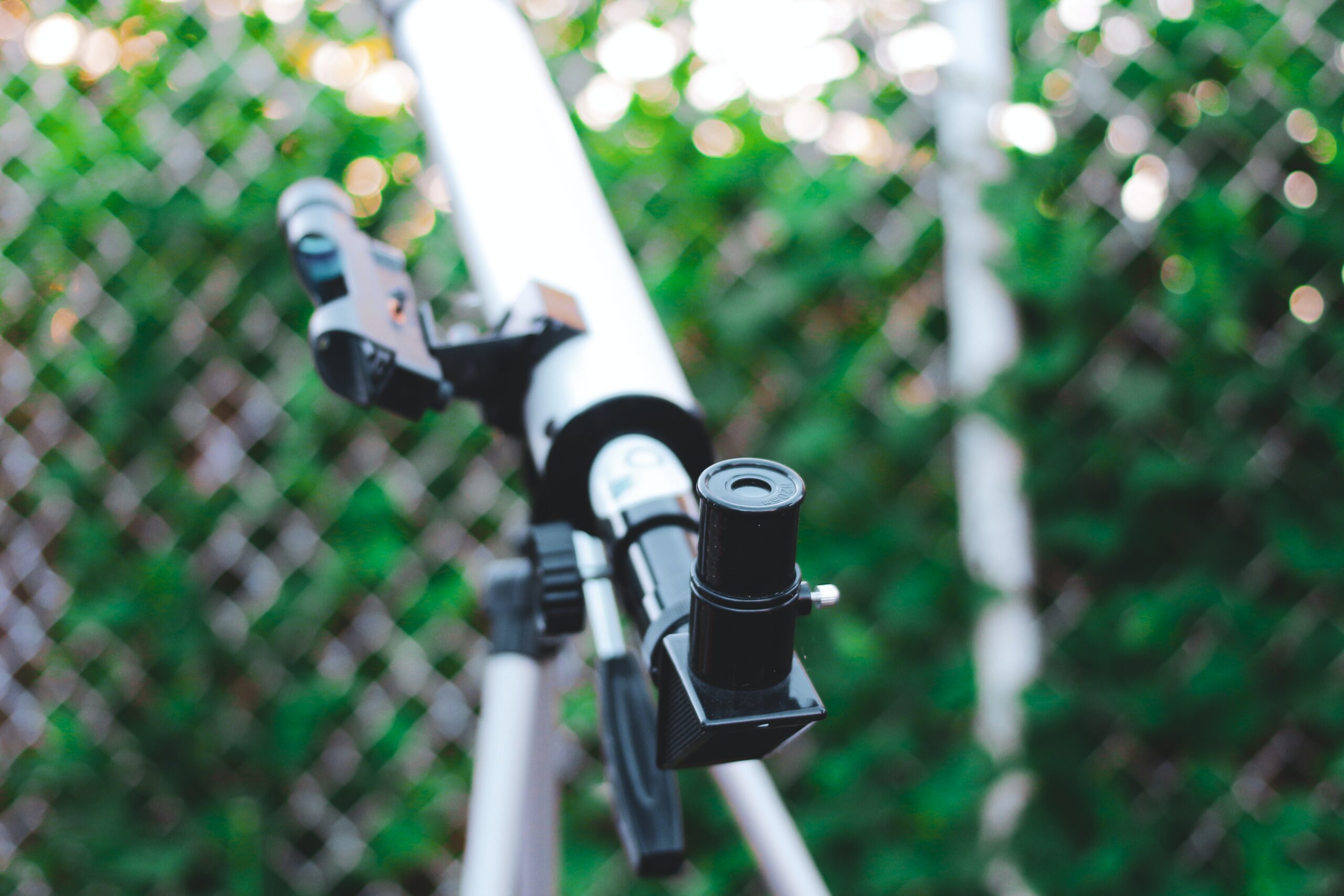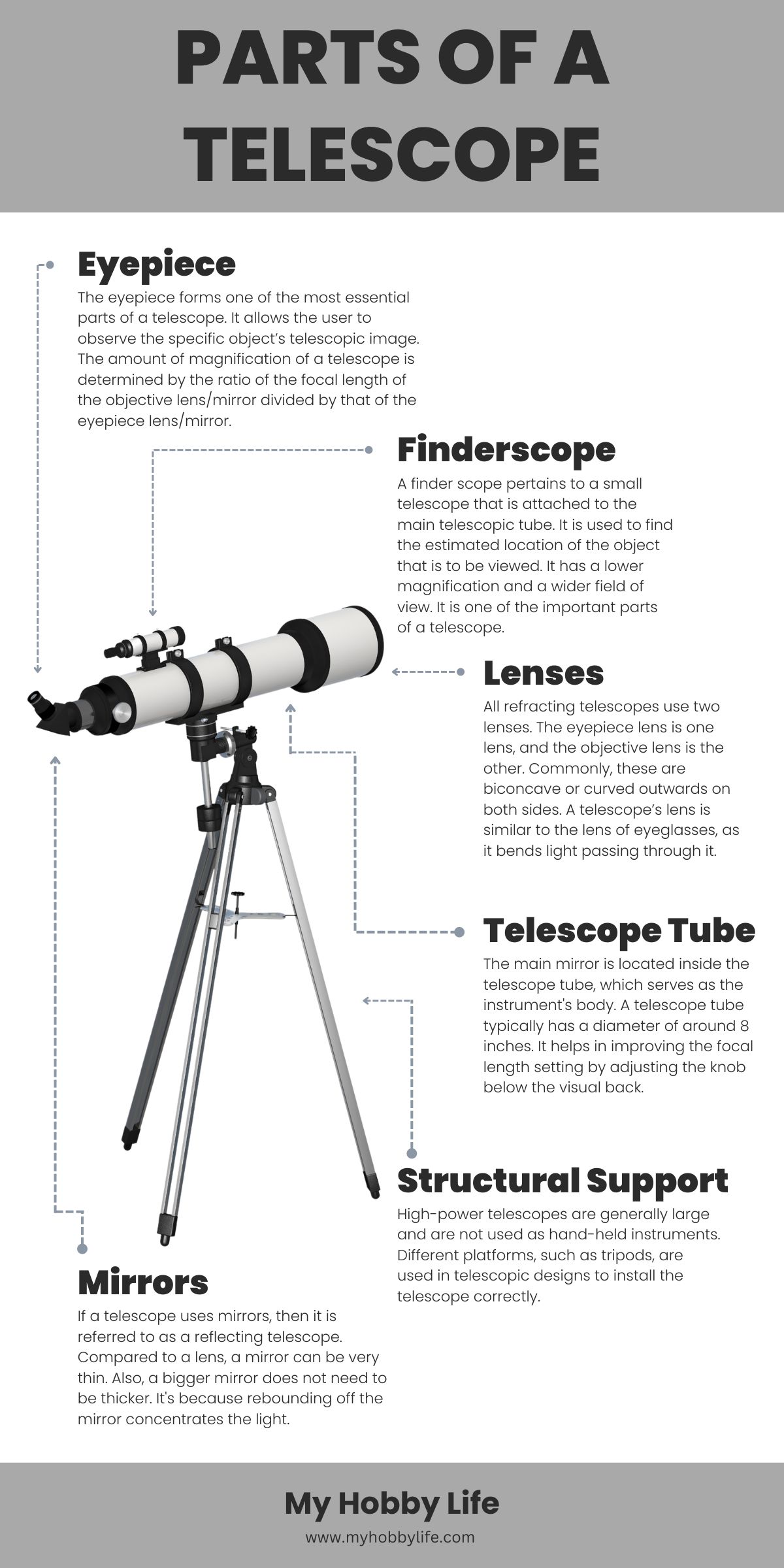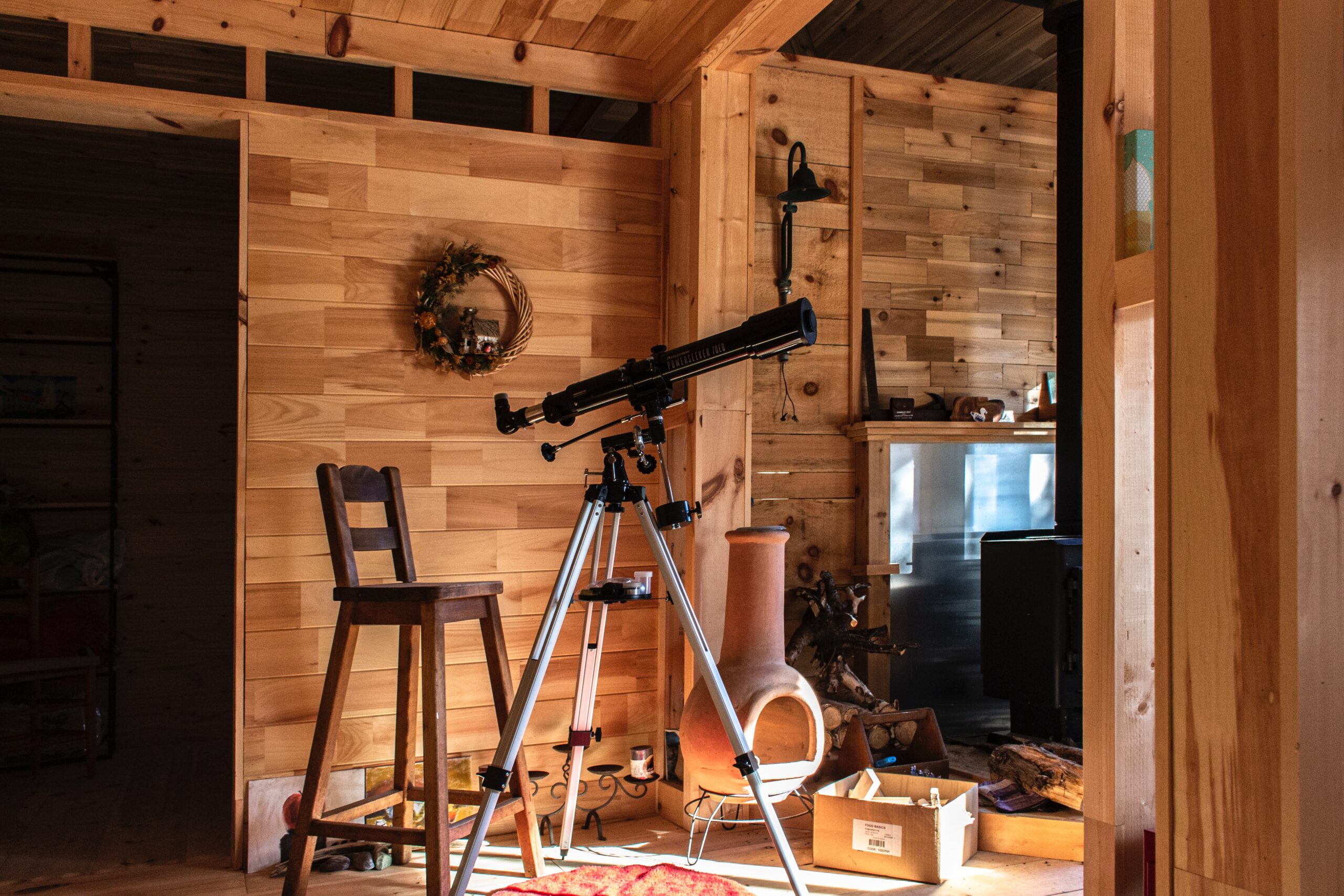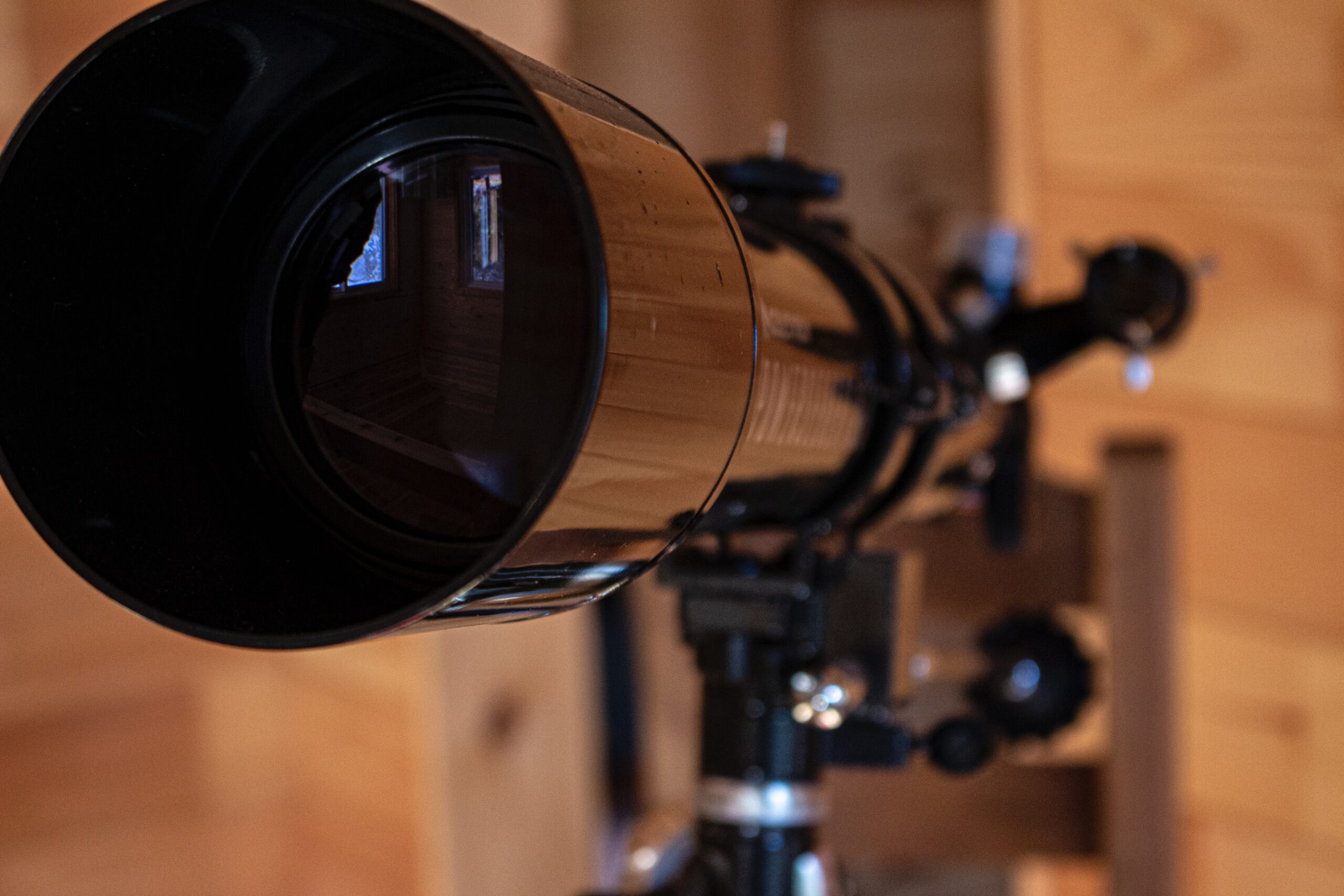There are many useful tools or devices for various hobbies and activities, and for stargazing, you will need a telescope, which enables a person to see objects that are far away, including the moon and the stars. However, besides stargazing, telescopes are also used for other purposes. These purposes may even include the ones that you do or perform often, like taking photos or observing the movements of heavenly bodies in space. To know more, here are the reasons why you may need a telescope.
For Stargazing
The first stage in telescopic stargazing is to go as far away from the crowd as possible. No matter how advanced your technology is, if you are too close to city lights you will only be able to detect the full moon. Escaping light pollution is essential for observing constellations and nebula, which is easier said than done. Light pollution is the ambient skylight induced by adjacent ground lights. For optimal viewing of celestial bodies, a vacation to the desert, an uninhabited beach, or a lonely mountaintop is recommended. Try to find a field or parking lot that is a little off the usual path if you can’t travel too far away from society.
Binoculars and telescopes create an image by collecting a significant amount of light. This is then enlarged and focussed into a cone that fits the pupil of the eye. In general, the light-gathering capacity of a lens or mirror, even a small one, is many times that of the naked eye.
Colorful and vibrant sights of galaxies, planets, and star clusters captivate anybody who is mesmerized by limitless space, populated by countless stars, and anxious to witness the wonders of the universe. Your telescope allows you to examine the planets in the Solar System. They will not appear as large and dazzling as they do in photographs captured by close spacecraft. Instead, they will appear as small light spots. Each galaxy has billions of stars, but they appear as tiny white dots. You’ll be able to observe their shapes and spiral arms with a bigger telescope magnification.
The Pleiades, or star clusters, can be spherical or dispersed. All of the stars in the cluster are united by gravity and move as a single entity in the galaxy’s gravitational field. Typically, dispersed clusters have an irregular shape and do not concentrate toward the center. There are also binary or multiple star systems, which are tiny star clusters. Although though you won’t be able to view stellar disks in great detail, binary stars are undoubtedly worth a closer look. Even a tiny telescope or binoculars can be used to examine these bright little lights. Similar to galaxies, nebulae are typically spotted in a very dark sky. For detailed views of nebulae, a telescope with a diameter of at least 200mm is required. Even with a tiny telescope, it is possible to observe the Orion Nebula, the Ring in the constellation Lyra, the Dumbbell Nebula in the constellation Vulpecula, and many others.
The principal components of any telescope are the following:
- Main lens (for refracting telescopes), the device’s primary component. The larger the lens, the more light a telescope can collect and the fainter the things it can observe.
- Main mirror, which performs the same function as the primary lens in refracting telescopes.
- The eyepiece magnifies the view.
- Mounting, which provides support for the tube and enables its rotation.
There are two primary types of telescopes: refractors and reflectors.
Astronomy
In astronomy, a telescope is typically used to focus electromagnetic radiation so that scientists can study distant sources by collecting the most light with huge effective areas. Galileo’s observations of Jupiter’s moons were among the earliest telescope observations to contribute to the extinction of the Earth-centered universe.
The vast majority of objects of interest to astronomers are exceedingly dim; the more light we can gather, the better we can analyze these objects. Even though visible light is our primary focus, there are numerous telescopes that gather other forms of electromagnetic radiation.
People have long been fascinated by the cosmos. Astronomers have sent space shuttles into orbit. But through the telescope there are many things that we can observe like the following:
- Planets – A planet is a celestial body that orbits the Sun, has sufficient mass for its self-gravity to overcome rigid body forces, and has cleared its orbital neighborhood.
- Moon – The Moon is the sole satellite of Earth and a fascinating object for observation. Even a modest telescope will enough to observe its countless craters, fissures, oceans, and furrows. It won’t even fit in the field of view of your telescope at 100x or greater magnification. You must observe it step by section. Every night, under favorable weather conditions, the Moon is visible. As the phases shift, you will be able to discern progressively more details.
- Comets – Comets appear frequently in the night sky throughout the year. You must only know where and when to search for them.
- Galaxy – A galaxy is a vast accumulation of gas, dust, billions of stars, and their solar systems. Gravity holds together a galaxy. Our galaxy, the Milky Way, likewise contains a central supermassive black hole.
Astronomical Discoveries
Exoplanet – In the 1990s, scientists found the first exoplanets, and there are currently over 3,000 confirmed worlds orbiting distant stars. The majority of exoplanets are so distant that they can only be identified through a dip in the light of their home star as they pass in front of it.
Wolf-Rayet Star – Wolf-Rayet stars are enormous stars that are nearing the end of their lives and have already expelled a significant amount of hydrogen into space.
Brown dwarf – A brown dwarf is a celestial body that is larger than a planet but too small to be a true star. This one emits a faint, reddish light as a result of a modified form of fusion that occurs in things that are extremely large but too small to fuse hydrogen.
Photography
Although there are numerous techniques to shoot images using a telescope, they can all be categorized into three categories.
- Afocal – Afocal photography is the simplest and cheapest type of telescopic photography, and you may likely accomplish it with the equipment you currently possess. This style of photography involves holding a camera up to the telescope’s eyepiece and taking a picture.
- Prime Focus – Prime focus photography is a bit more costly and requires specialist equipment, but nothing out of the ordinary. When performing prime focus photography, the telescope functions as a gigantic and incredibly powerful telephoto lens.
- Eyepiece-Projection – Afocal and prime focus photography are fantastic for capturing the cosmos, but if you want to capture a close-up of the moon with enough detail to see individual craters, you’ll need to employ the eyepiece-projection technique. For these close-up images, you’ll need a special eyepiece that connects the camera to the telescope and provides greater magnification.
Telescopes are designed to collect light and bring it into sharp focus so that the image can be viewed in exquisite detail through an eyepiece, or captured on film or a digital camera. Telescopes reveal fainter objects than the human eye can perceive because they collect more photons than the human eye does. They also enlarge objects, allowing smaller details to be viewed.
The best astrophotography telescopes reveal the heavens above us in an intriguing new light. They introduce us to new worlds beyond what can be seen with the naked eye, making them perfect for both stargazers and photographers who wish to capture the universe.
Consider if you are a deep-sky imager or a Solar System imager if your demands are slightly more advanced. The telescope’s aperture (or objective lens) will indicate whether it can capture ‘faint fuzzies’ or just enough to make the planets and lunar surface stand out.
The focal ratio is also an important quantity to consider; fast telescopes with focal ratios of f/4 or f/5 are ideal for wide-field and deep-sky imaging, but slow instruments with focal ratios of f/11 to f/15 will produce spectacular high-magnification images of the Moon and planets. In the meanwhile, the type of mount you choose will influence whether or not long-exposure astrophotography is feasible.
- The Pillars of Creation in the Eagle Nebula has long been one of the most memorable images captured by the Hubble Space Telescope.
- Phantom of Galaxy – Hubble’s optical image of the galaxy, also known as M74, displays the galaxy’s immaculate spiral shape and its star distribution, with arms spreading from a radiant center.
- As Galaxies Collision, a Secret Star Creation Forms – The merging galaxies, designated IC 1623, feature a region of star formation that emits infrared radiation so brightly that it forms Webb’s distinctive pointed-star diffraction pattern, which is typically the consequence of the telescope’s observations of brilliant stars.
Conclusion
Telescopes are more the product of eyeglass manufacturers than of scientists. The importance of opticians’ devices to astronomers is now clear. Observations made using telescopes demonstrated that the Earth is not the center of the universe and that the Solar System is comprised of multiple planets and their satellites. Constant improvements are being made to the optics, and better telescopes are being constructed to enhance vistas.
